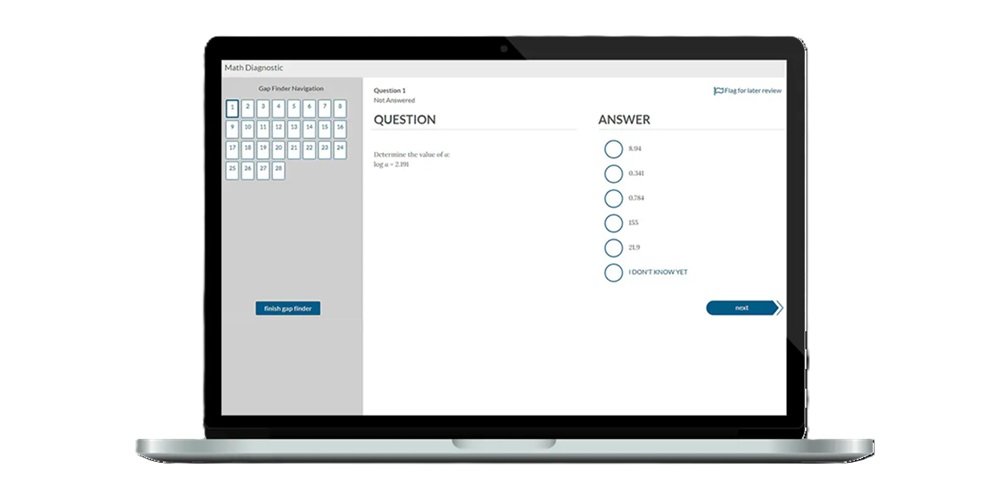How to Introduce a New Dog Collar and Leash Set to Your Pet?

Introducing a new collar and leash set to your dog can be thrilling for both you and your furry companion. Nonetheless, it may also be a nerve-racking and daunting procedure, especially if your pup is not accustomed to wearing a collar and leash. Hence, it is crucial to handle this process with patience and caution to ensure a smooth transition. This write-up offers helpful tips and strategies to help you introduce a new dog collar and leash set to your pet in a positive and stress-free manner.
Choose the Right Size and Style
The first step in introducing a new dog collar and leash set is to choose the right size and style that fits your pet comfortably. Measure your dog’s neck circumference to ensure the collar is neither too tight nor too loose. The collar should be snug enough that it cannot slip off, but still allow room for your dog to breathe and move comfortably.
Once you have determined the correct size, you can then select a style that suits your dog’s personality and your own taste. There are various options available, ranging from simple and functional designs to more fashionable and decorative ones. Consider factors such as the material, color, and additional features like reflective strips or personalized tags.
After you have selected the perfect collar, it’s time to find a matching leash. The leash should be strong and durable, able to withstand your dog’s pulling and tugging. Opt for a length that provides you with enough control while allowing your dog some freedom to explore. Consider the handle design and grip, ensuring it is comfortable for you to hold during walks.
Familiarize Your Dog with the New Collar
Allowing your dog to sniff and investigate the new collar before putting it on is essential for their comfort and acceptance of the accessory. By doing so, you are giving them the opportunity to become familiar with the scent and texture of the collar, which can help alleviate any potential anxiety or resistance. It is also beneficial to leave the collar near their bed or in their crate for a few days, as this allows them to further adjust to its presence in their environment. This will gradually ensure that your dog feels at ease and is more receptive when it comes time to wear the collar.
Introduce the Leash Gradually
After your dog has become comfortable with the new collar, it’s time to introduce the leash by attaching it to the collar while your dog is indoors or in a familiar environment. Allow them to walk around with the leash dragging behind them so they can get used to the sensation of being tethered.
Once your dog seems comfortable with the leash dragging behind them, you can start holding onto the leash while they walk around. Keep the leash loose and let them explore at their own pace. Use treats and positive reinforcement to encourage them to stay close to you and to associate the leash with a positive experience.
Gradually, start to guide your dog’s movements with the leash, gently redirecting them if they start to pull or go in the wrong direction. As they become more familiar with walking on the leash, you can start to introduce basic commands such as “heel” or “come” to further reinforce their understanding.
Remember to always be patient and go at your dog’s pace. Some dogs may take longer to adjust to the leash than others, so it’s important to remain consistent and provide plenty of praise and rewards for good behavior. With time and practice, your dog will become comfortable and confident walking on a leash, making your walks together an enjoyable experience for both of you.
Practice in a Controlled Environment
As your dog becomes more accustomed to walking on the leash, start taking short walks around the space. Use a calm and encouraging tone of voice to keep them relaxed and focused. If they start to pull or get distracted, stop walking and wait for them to settle down before continuing. Remember to reward them for good behavior and ignore any unwanted pulling or lunging.
Gradually increase the length and difficulty of your walks, adding distractions and challenges to keep your dog engaged. This could include walking past other dogs or people, practicing turns and stops, or walking on different surfaces. Stay patient and consistent with your training, and always end each session on a positive note.
Remember, it’s important to never force or punish your dog while training on the leash. This can create fear or anxiety, making the process more difficult for both of you. Instead, focus on positive reinforcement and reward-based training methods to build a strong and enjoyable walking routine with your furry friend.
Seek Professional Help if Needed
If you are having difficulties or if your dog is displaying signs of stress or aggression during the process, it may be helpful to seek professional help. A certified dog trainer or behaviorist can provide guidance and support to ensure a successful transition. They can assess your dog’s behavior, tailor a training plan, and can also teach you techniques and strategies to desensitize your dog to the new collar and leash, gradually introducing them in a positive and controlled manner.
Final Thoughts
Introducing a new dog collar and leash set to your pet can be a rewarding experience if done properly. By understanding your pet’s individual needs, choosing the right size, introducing the collar and leash slowly, being patient, and rewarding good behavior, you can ensure their transition to the new collar and leash is as smooth as possible.












